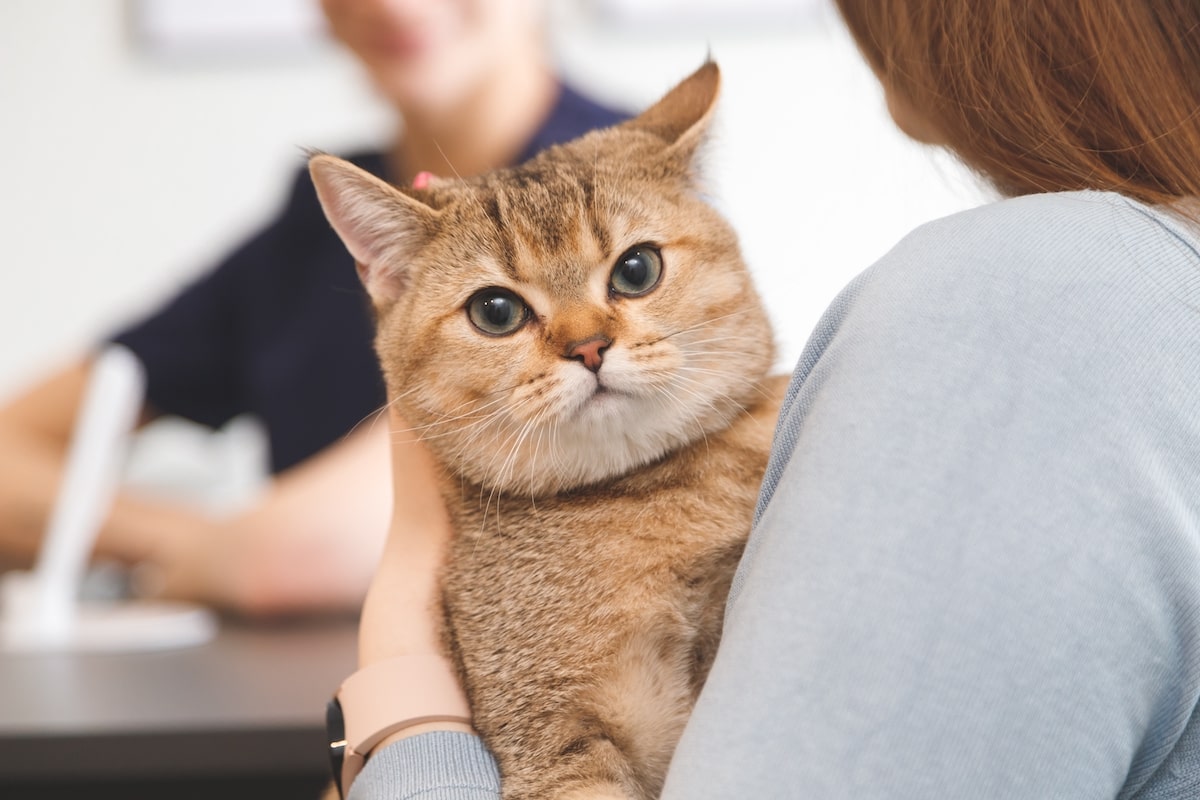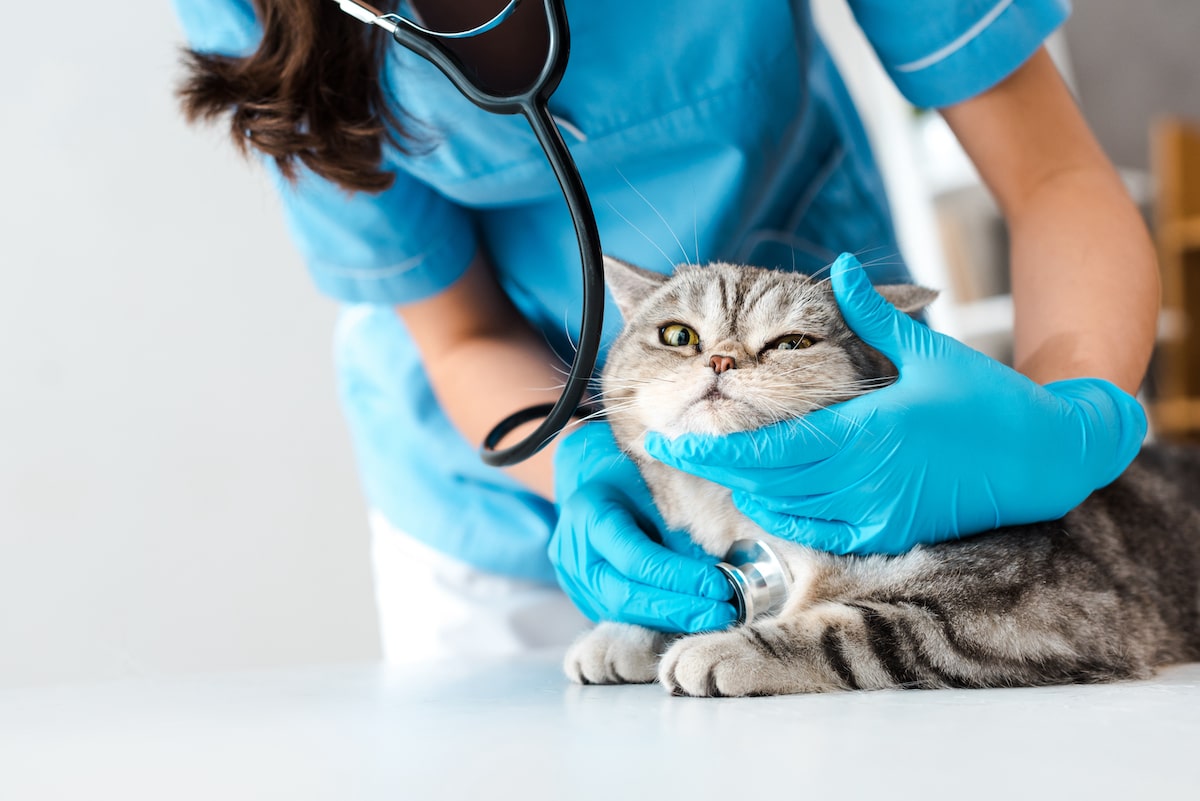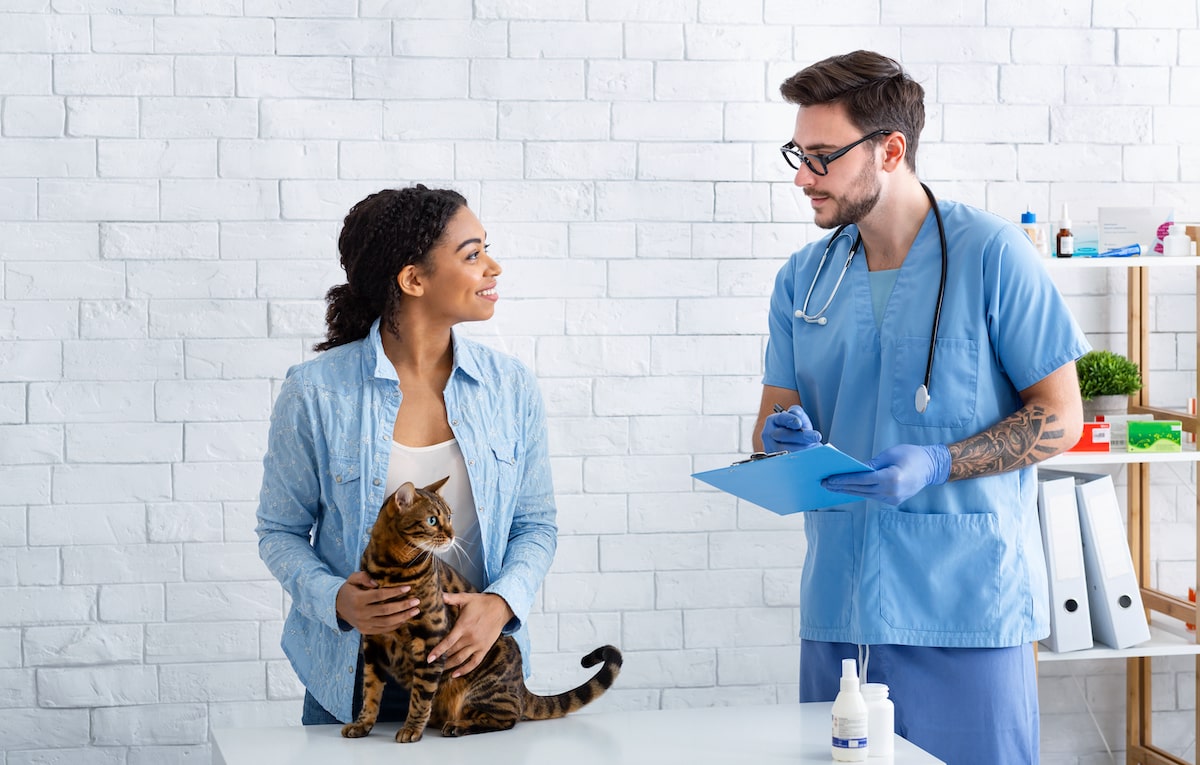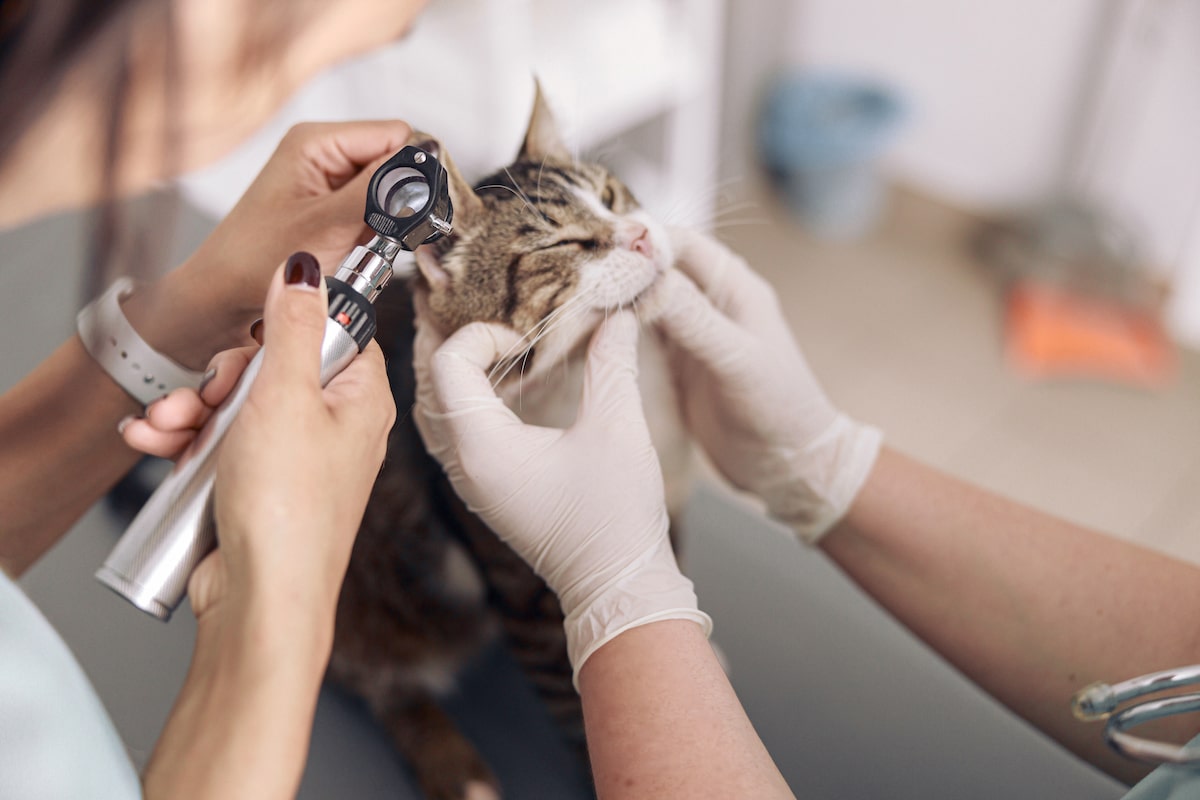Table of Contents
There’s no denying that cats are a popular pet choice. From their soothing and adorable high-pitched purrs to keeping your house pest-free, owning a cat is unarguably one of the best things since sliced bread.
Sure, these furry four-legged companions can be super adorable, but no one really talks about the struggle of being a pet parent. You’re getting a cat one minute, and the next minute, it feels like you’re looking after a child.
Realization hits you that you are responsible for caring for the cat, feeding it, keeping its litter box clean, and ensuring its overall well-being.
It’s a no-brainer that cats, like humans, require regular medical examinations to thrive and remain healthy. If there’s one thing all cat owners can relate to, it’s the challenge of telling when and how often to take your cat to the vet.
In this article, you’ll learn all about why regular cat checkups are so important, the signs your cat needs to visit a vet, as well as how often your cat should visit a vet based on its life stage.
Why Are Regular Cat Check-Ups So Important?
Asking why it is essential for cats to get routinely checked at the vet is like asking why human beings should regularly see a doctor. It all boils down to the same reason; preventive care is better than reactive care.
Big news: detecting diseases early when they are easier to treat is much safer than waiting until they’ve progressed to the point of being fatal. Aside from saving you money on emergency treatments, preventive care can significantly increase your cat’s lifespan. It allows your vet to detect issues you are unlikely to notice about your cat.
You may not realize it, but taking your cat regularly to the vet benefits your cat and you. Think of it this way; when your cat is in good health, it relieves you of worrying about its health and even constantly dealing with its sudden aggression.
These routine examinations will help monitor and examine your pet’s overall health, including skin conditions, blood work, dental care, weight, and parasite prevention.
Signs That Your Cat Should See A Vet
If you think you’re good at hiding your pain and pretending everything is fine, you should see how a cat does it. These feline companions are masters at keeping to themselves when something is wrong, as they developed this trait as a survival mechanism against predators.
However, as far as your cat’s health is concerned, the following symptoms, though not limited to these, indicate that your cat is due for a visit to the vet.
- Your cat’s appetite, drinking, or eating habits have suddenly changed.
- Coughing and vomiting become a daily occurrence.
- Your cat has skin irritation, lumps, or unusual growth.
- Your cat’s litter box behavior is questionable.
- Evident weight loss or gain.
- Your cat starts walking strangely.
Vet Visits Based On Your Cat’s Life Stage
Ideally, a cat should see a vet at least once a year, but here’s the thing. There’s no hard and fast rule about it. It would help if you considered your cat’s age in determining how often it should pay a visit to the vet.
As such, we’ve compiled a list of a cat’s life stages and how frequently you should take your cat for medical checkups based on its age.
Kittens
Young kittens, unlike full-grown cats, have a low immunity level and, as a result, will require more visits to the vet than adult cats. These visits are an essential part of your kitten’s preventative healthcare procedure because they help build sufficient immunity to fight against infectious and life-threatening diseases.
Vaccination usually begins around eight weeks of age, and your kitten should visit a vet every 1-2 months on average.
Adult and Mature Cats
These cats are typically between the ages of one and ten. Compared to kittens, their vet visits are less frequent, focusing on preventing diseases and maintaining their overall well-being.
Usually, cats that fall under the adult and mature life stage should be brought to the vet once a year for a checkup. This procedure is necessary to rule out any underlying health issues.
Senior and Super Senior Cats
As your cat grows older, it’ll be hard not to notice the visible signs of aging. You find it hard to tell your once energetic cat from Garfield, the lazy cartoon cat. You see that your cat is grumpier than usual, and to make matters worse, it refuses to eat its favorite meal.
All these signs of aging make your cat more vulnerable to age-related diseases, and so it’s only natural that senior cats would require more frequent vet visits. Consequently, it is recommended that you take your aging cat to the vet at least twice a year.
This routine examination would include dental checks, blood, urine sample collection, and blood pressure monitoring for your cat.




